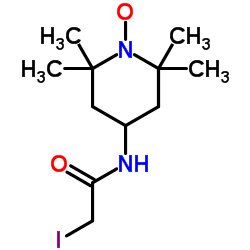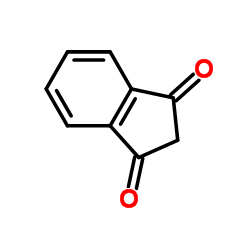| Structure | Name/CAS No. | Articles |
|---|---|---|
 |
4-(2-iodoacetamido)-tempo
CAS:25713-24-0 |
|
 |
1,3-INDANDIONE
CAS:606-23-5 |